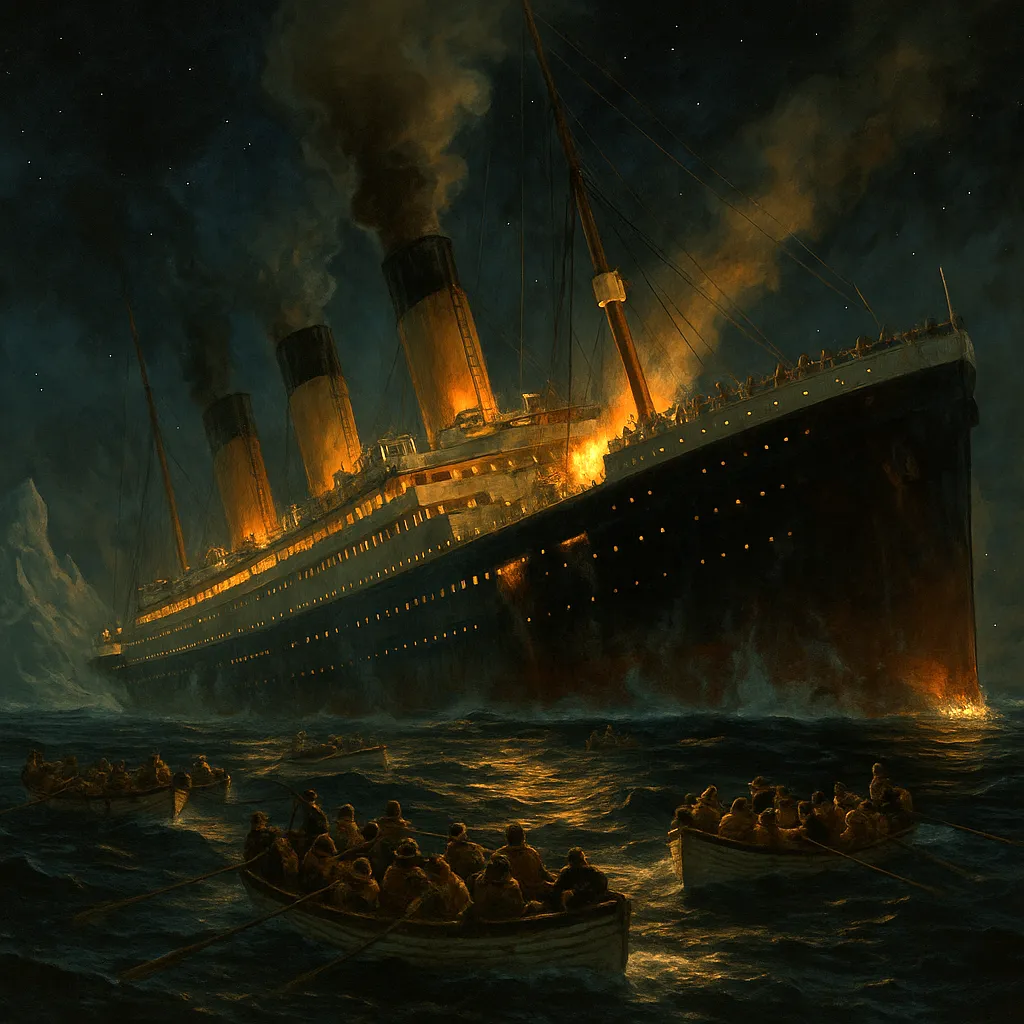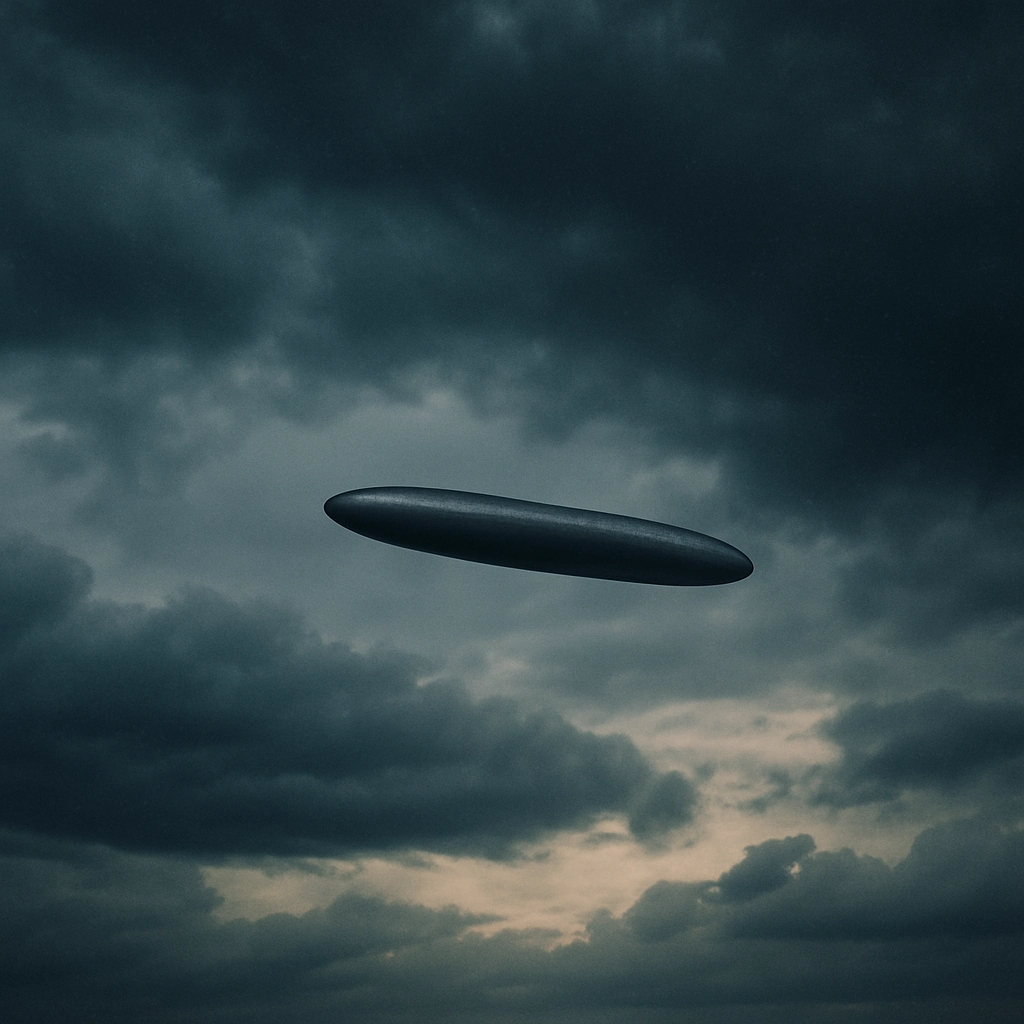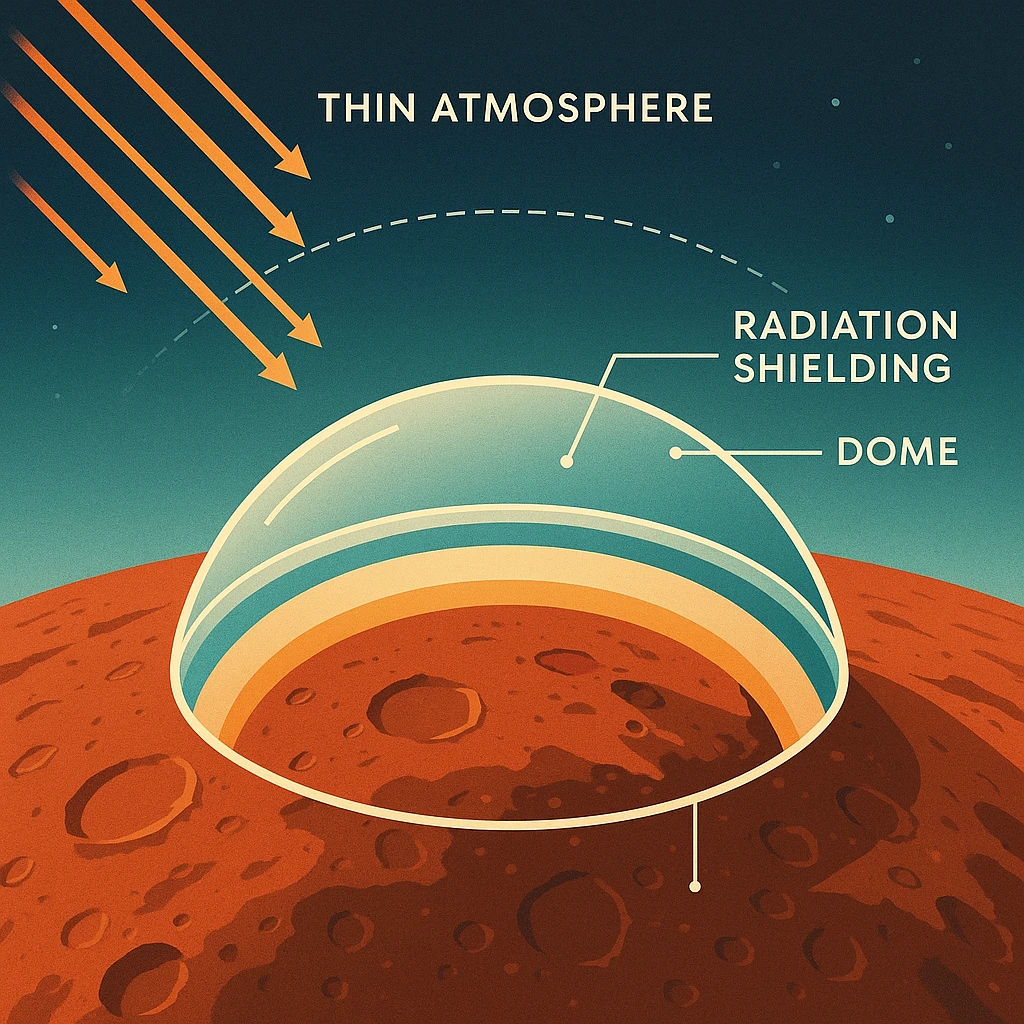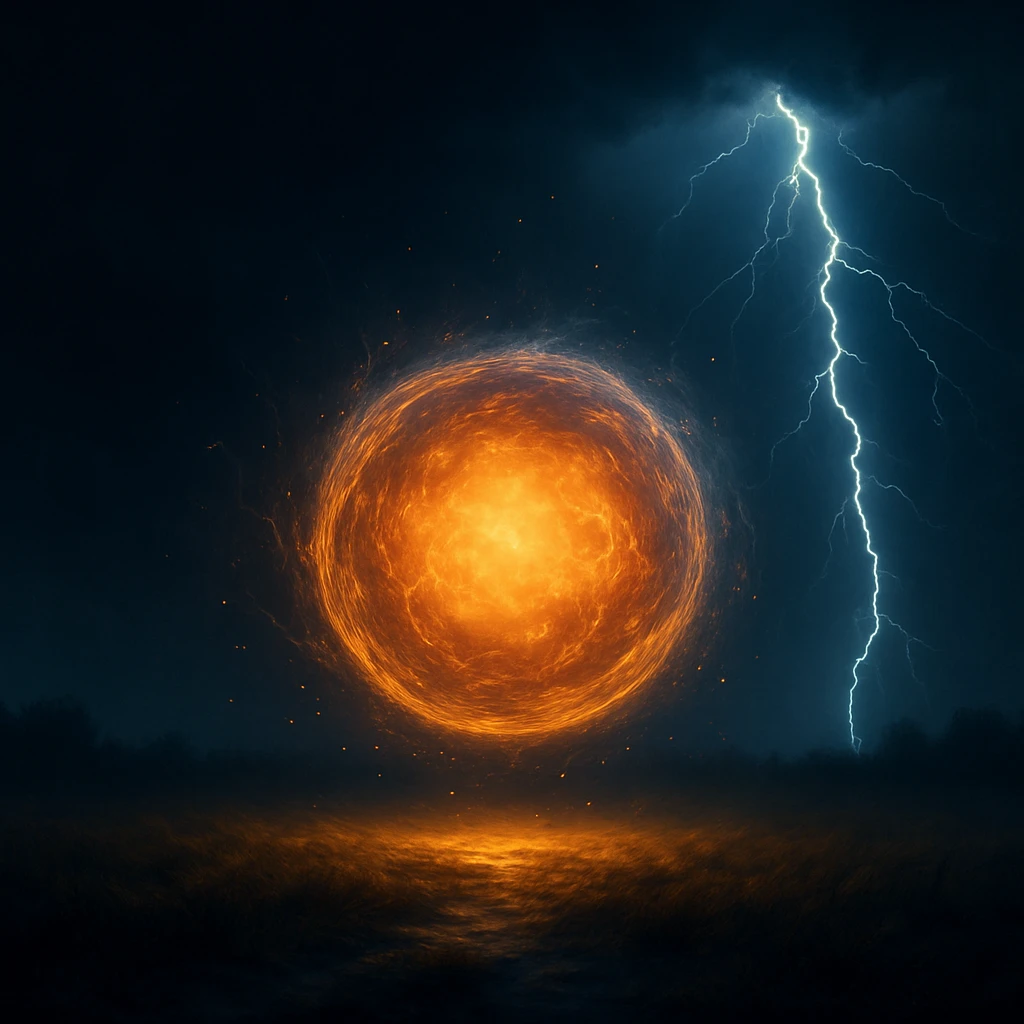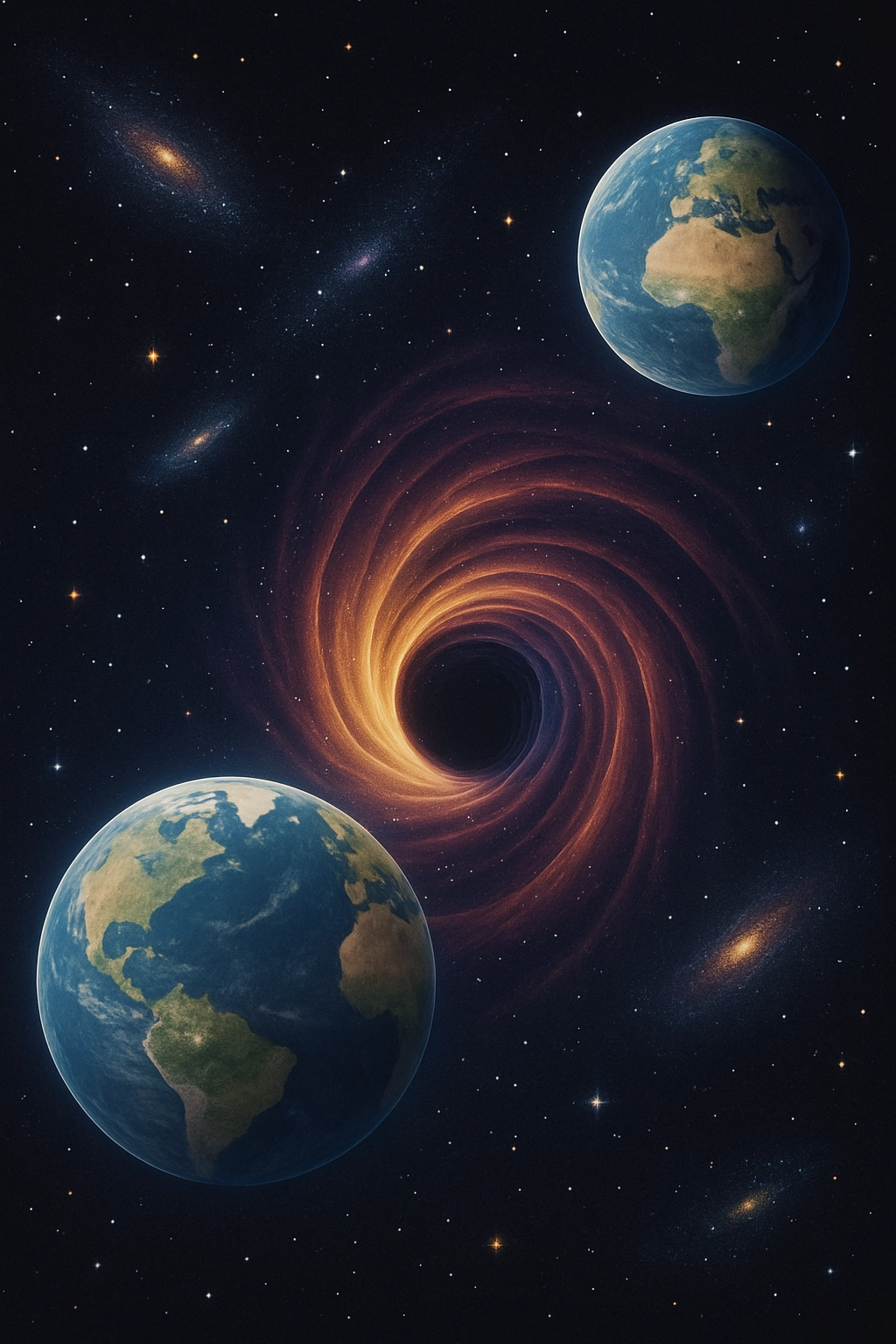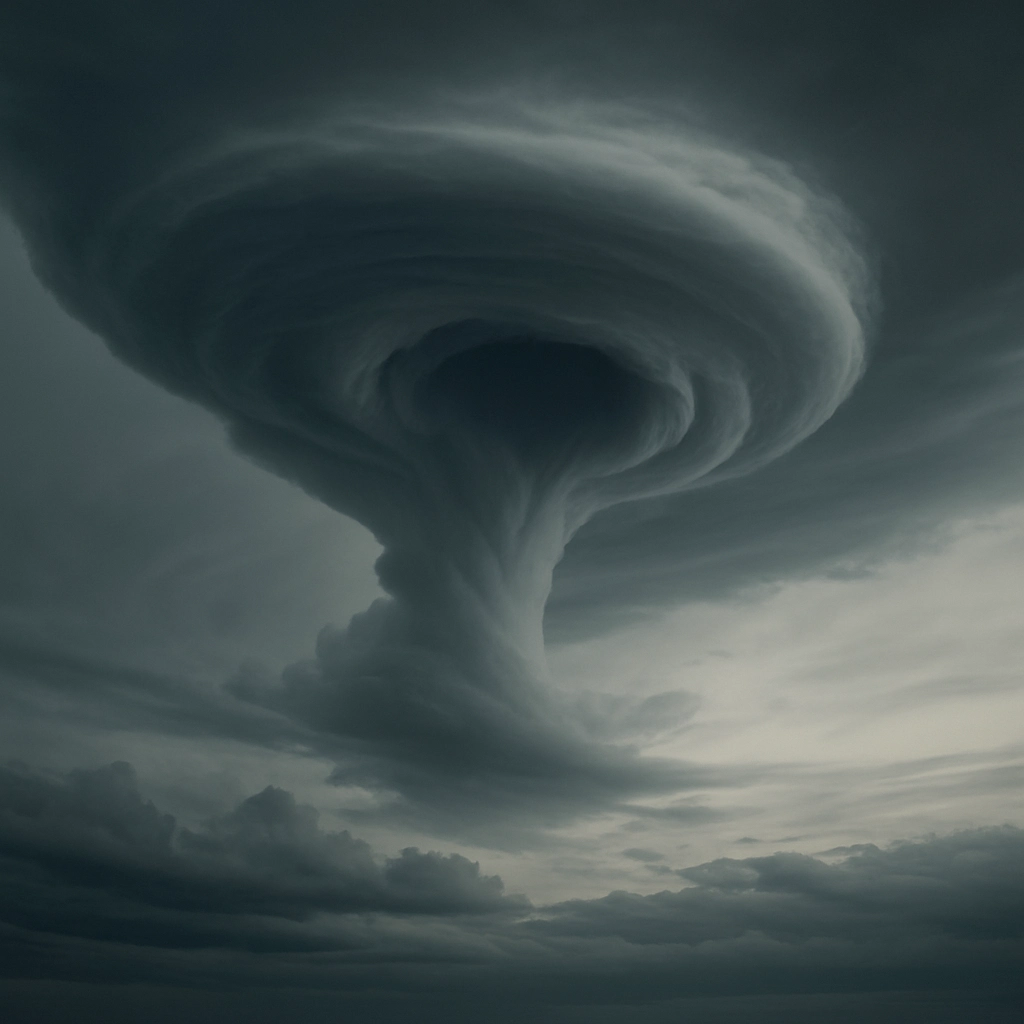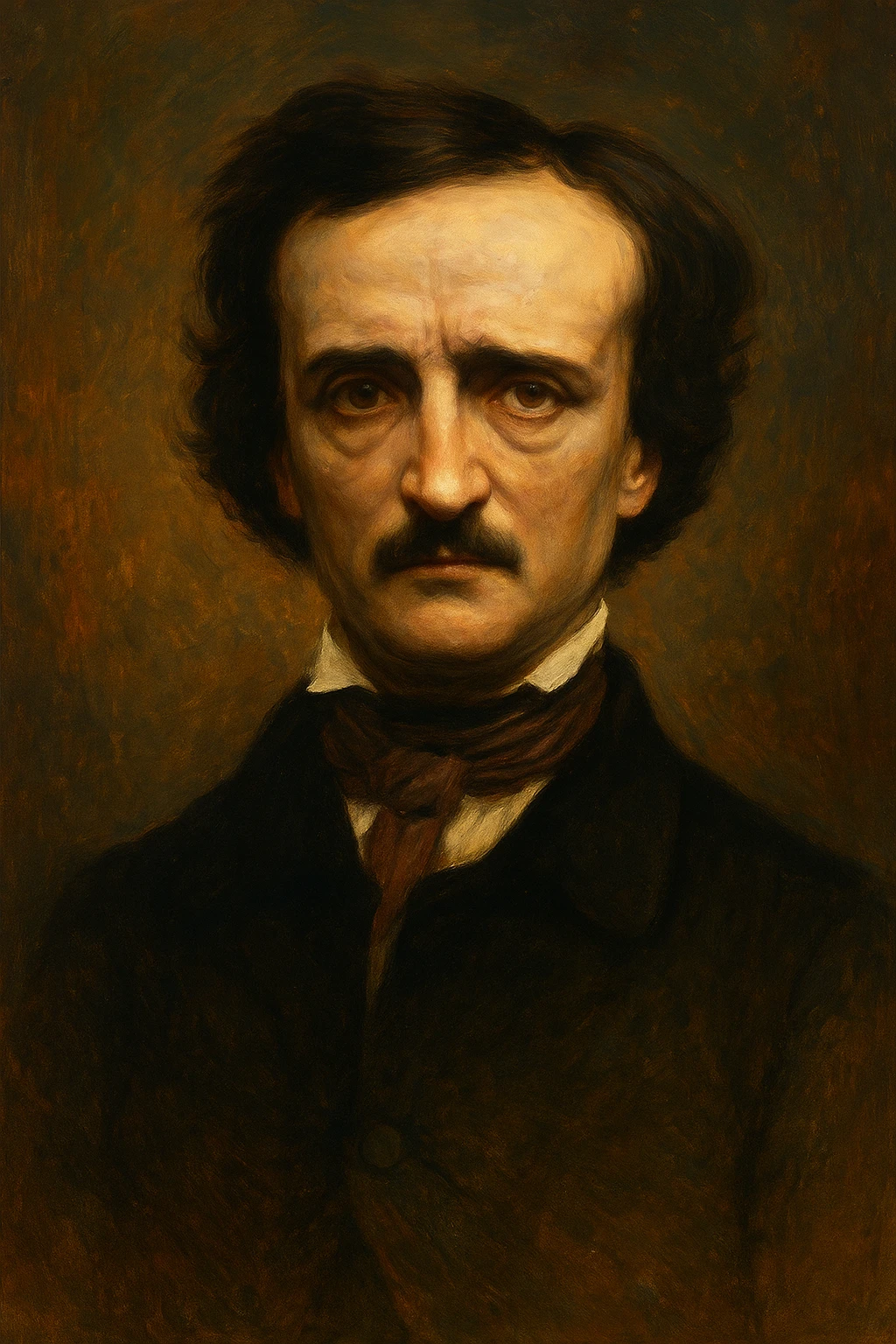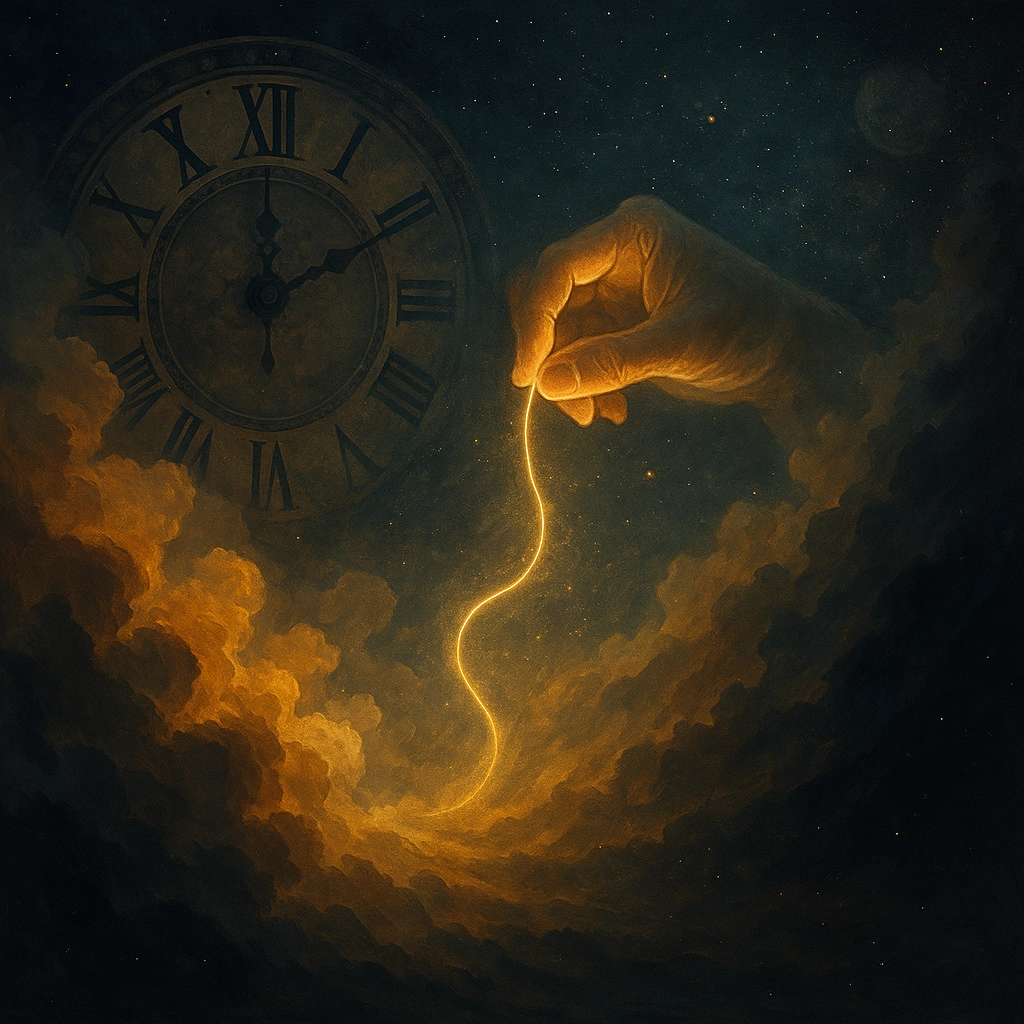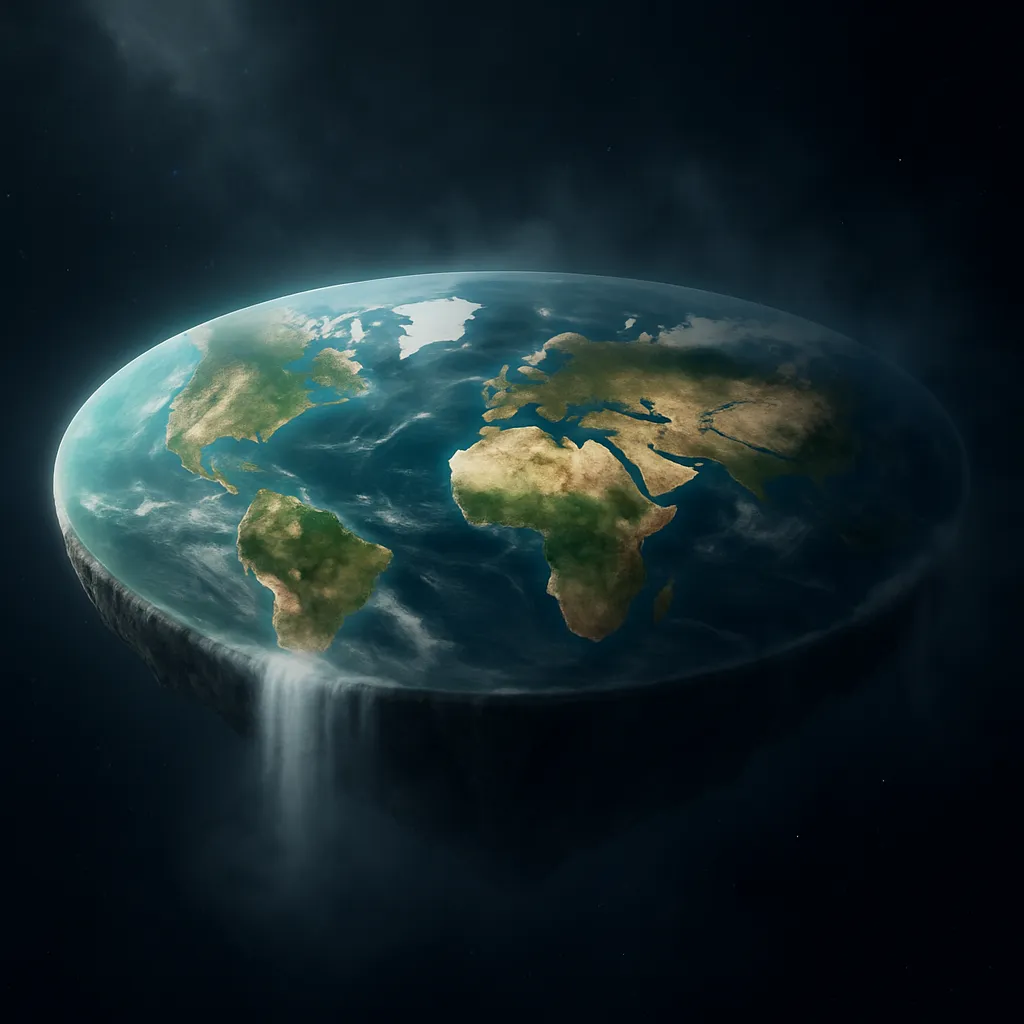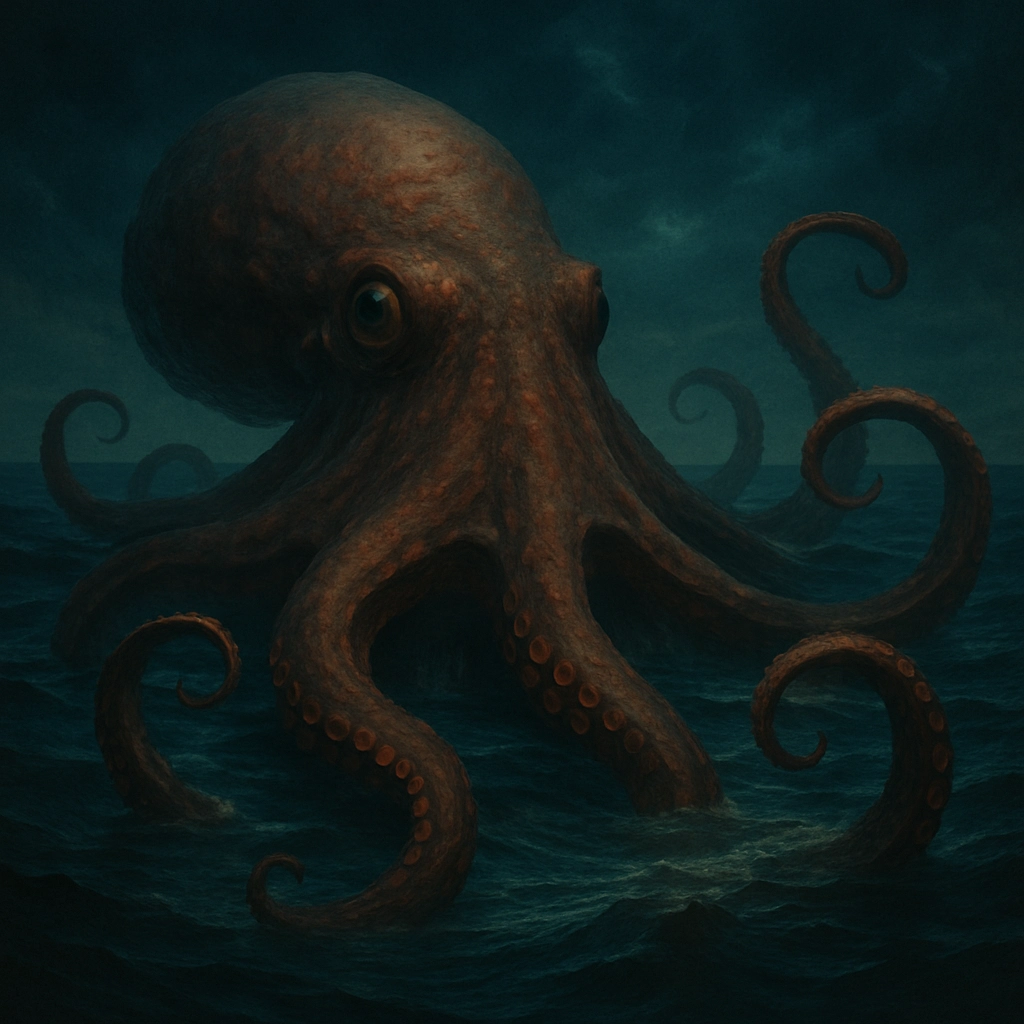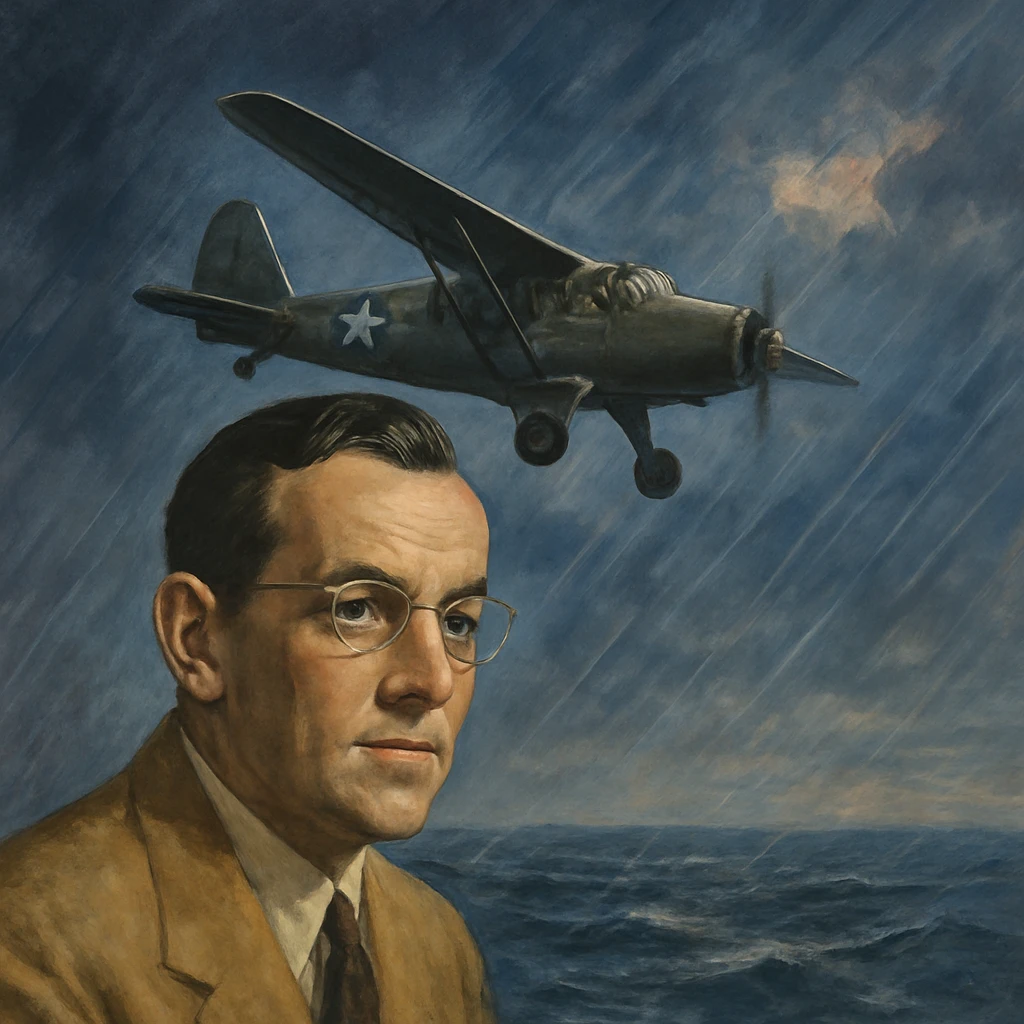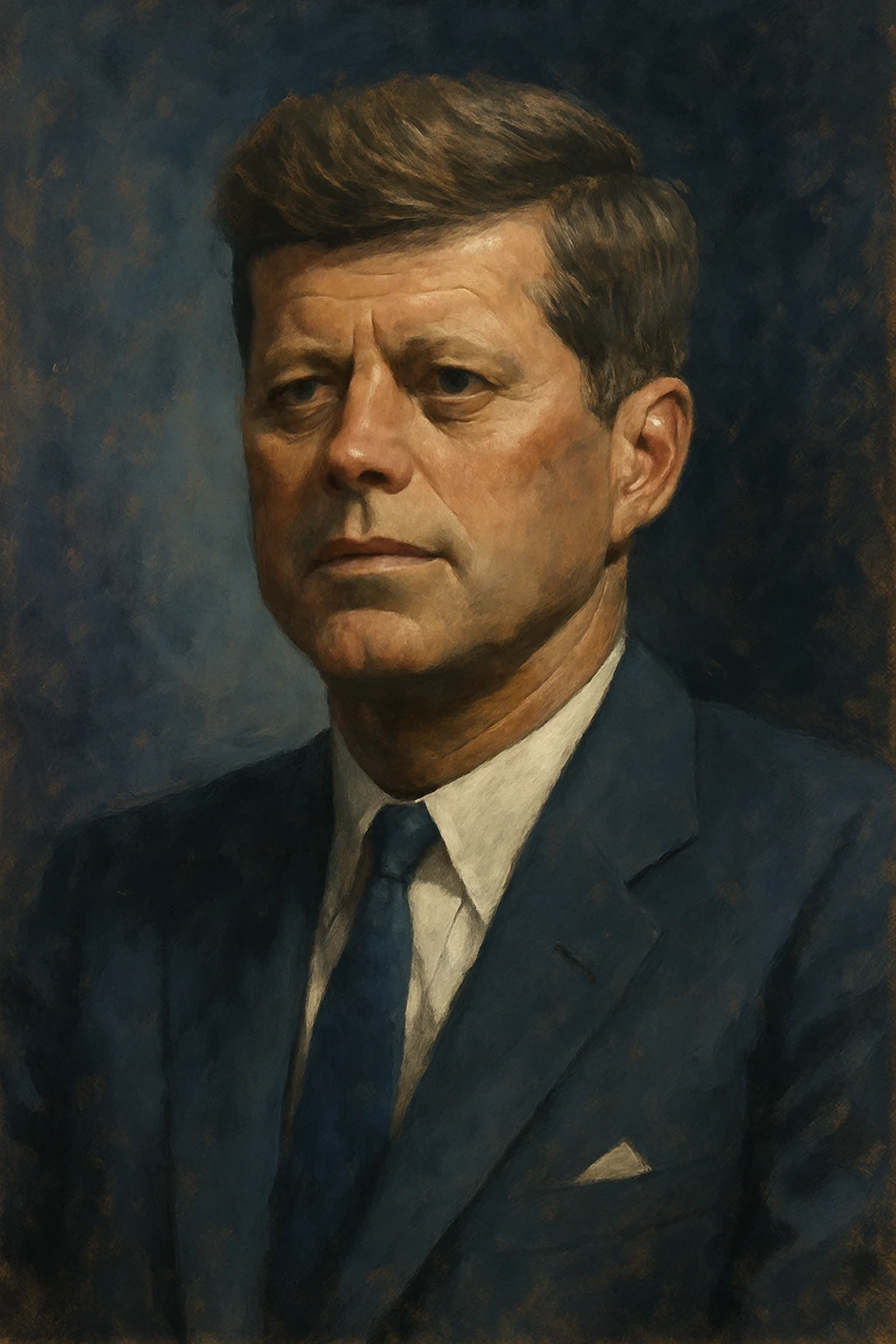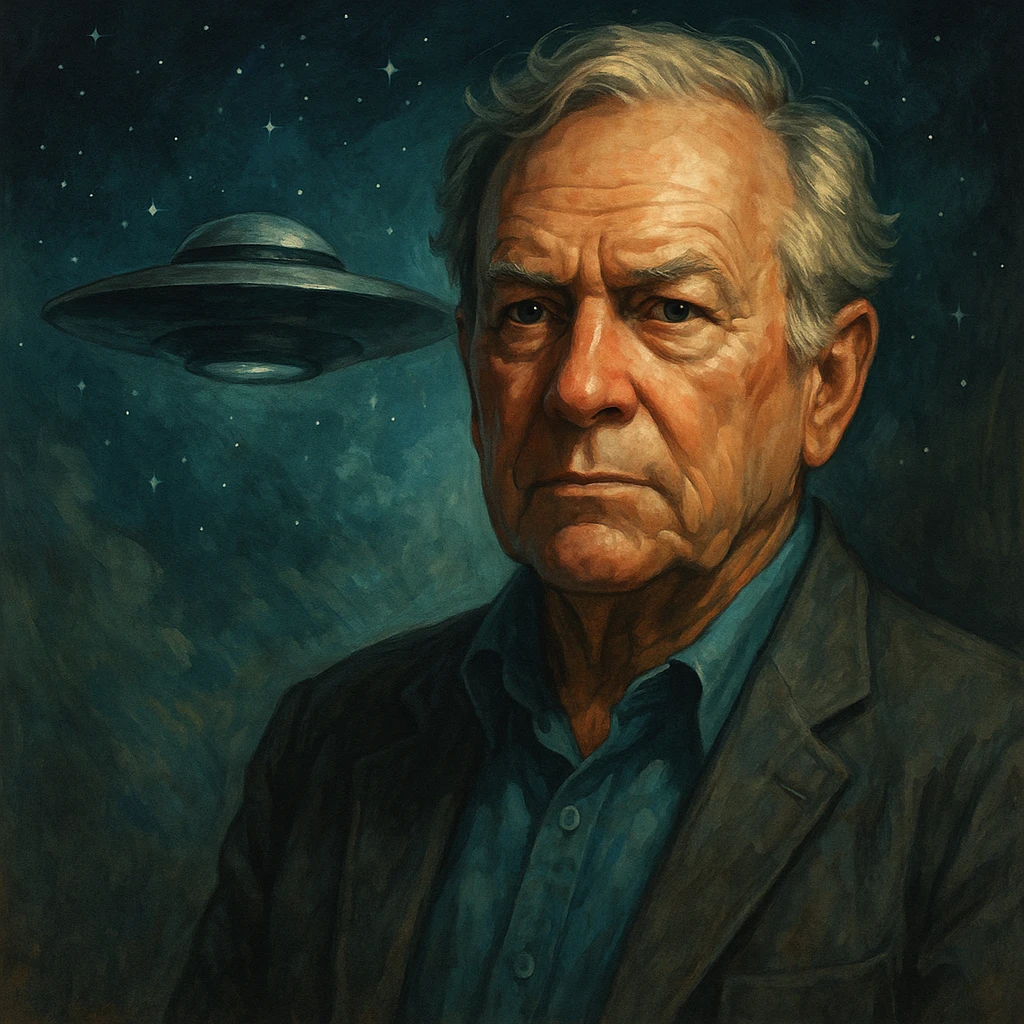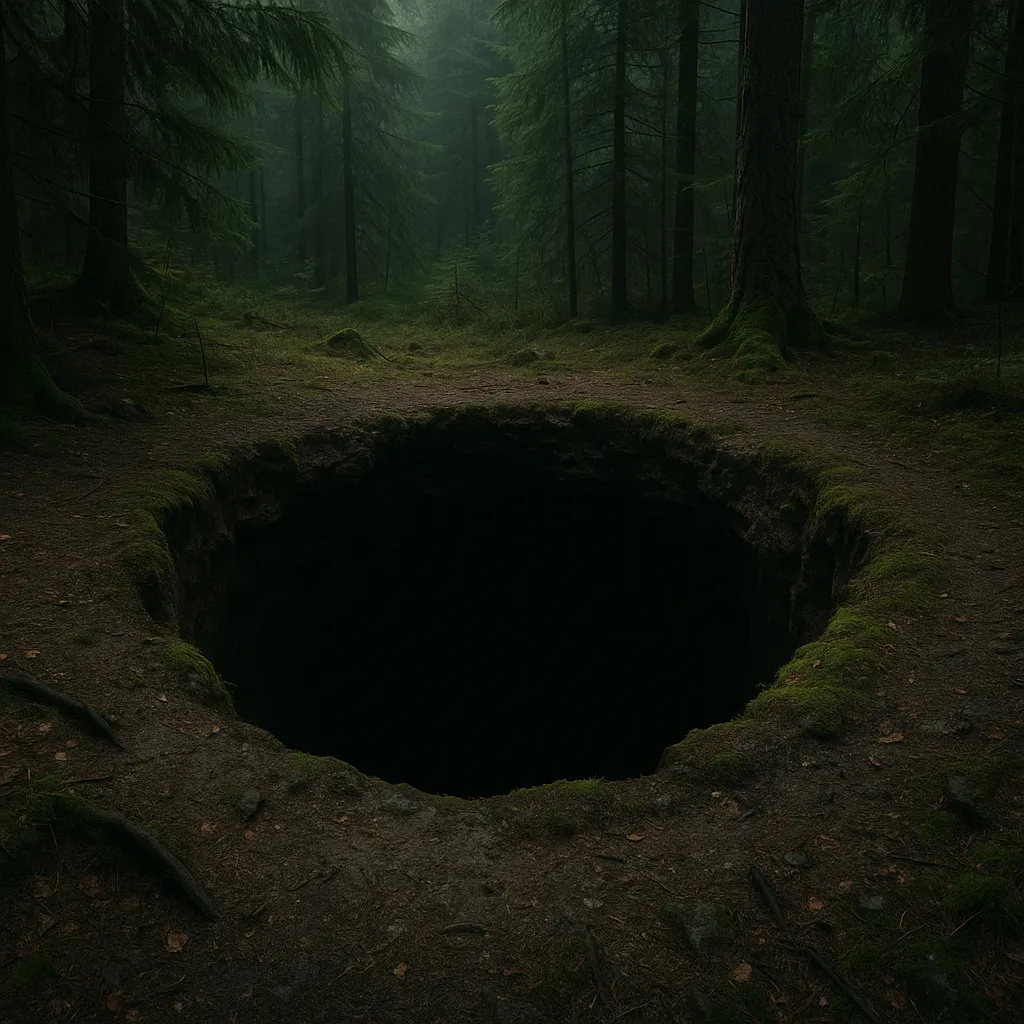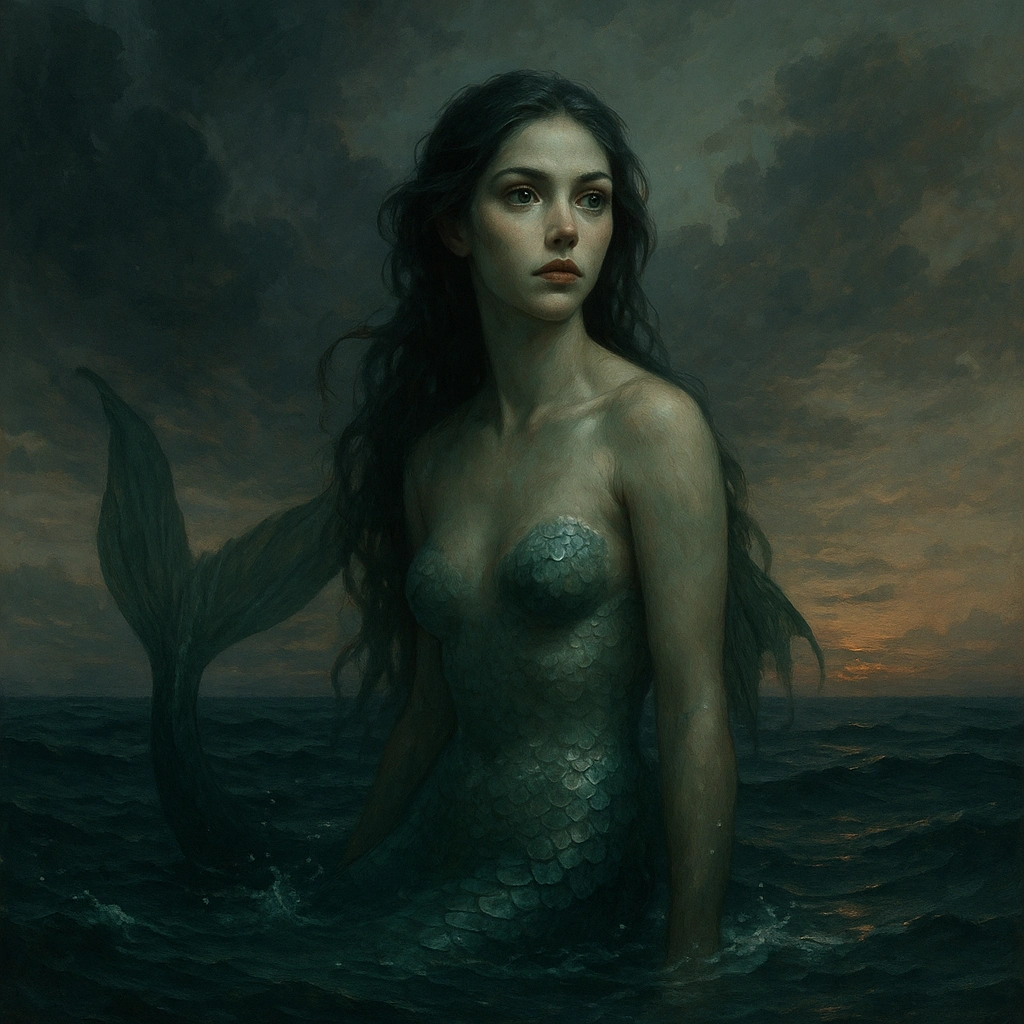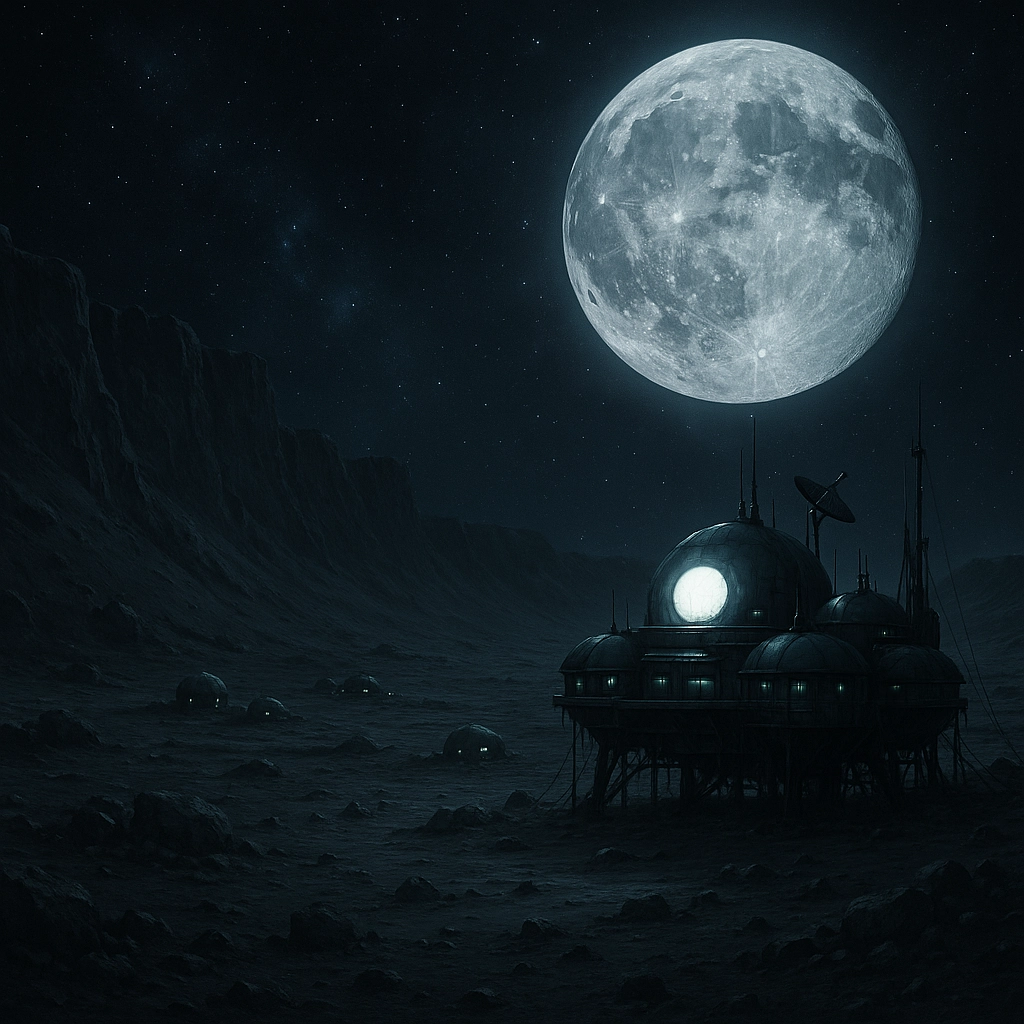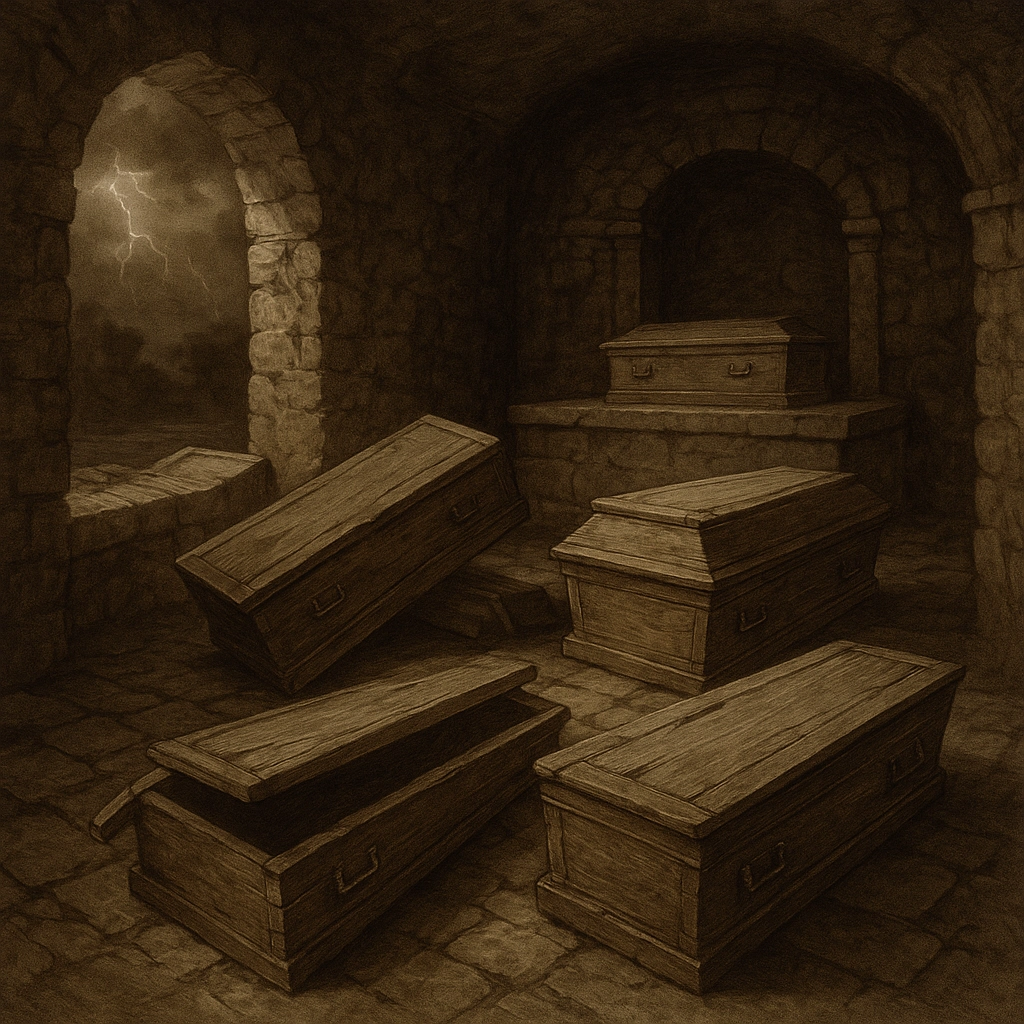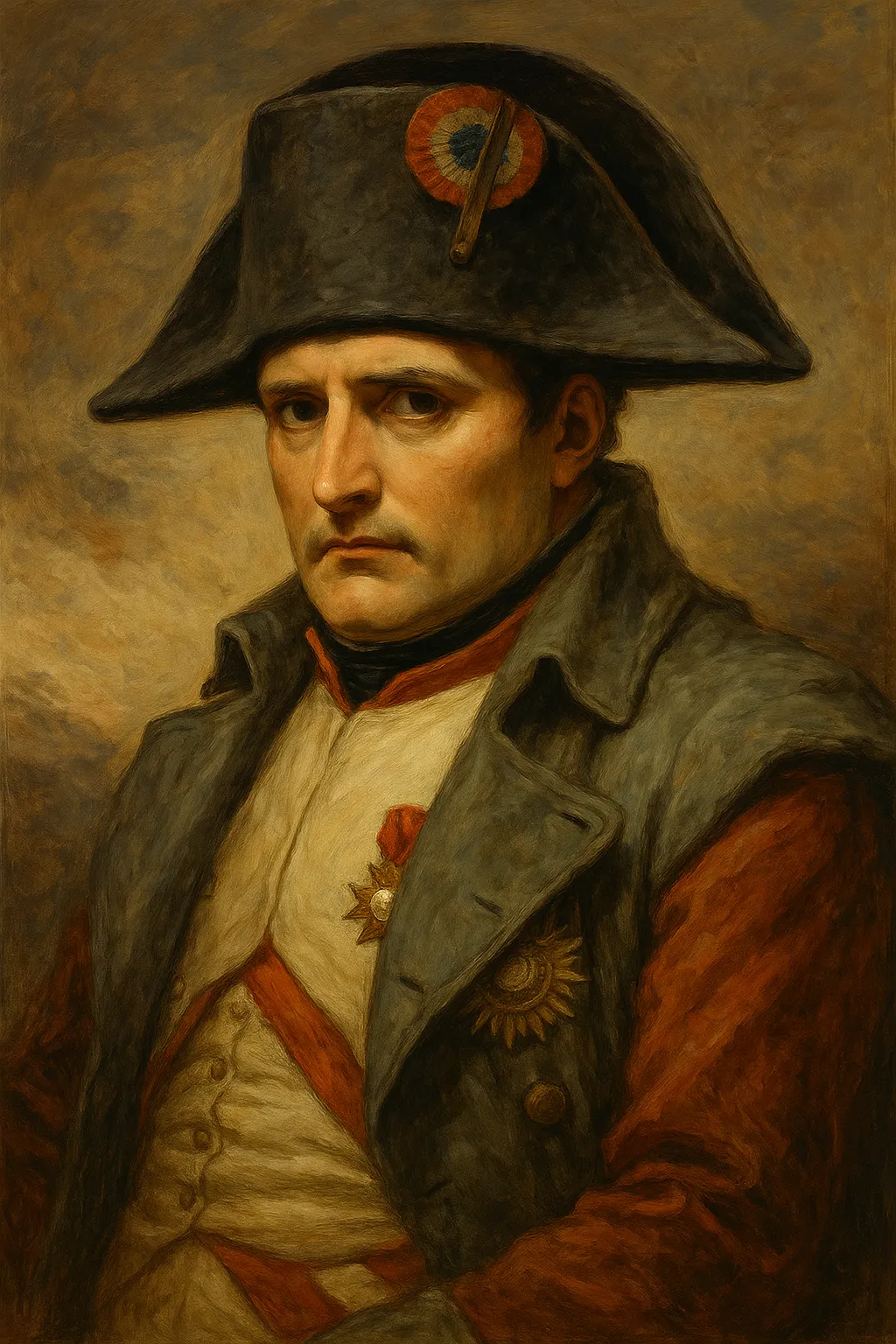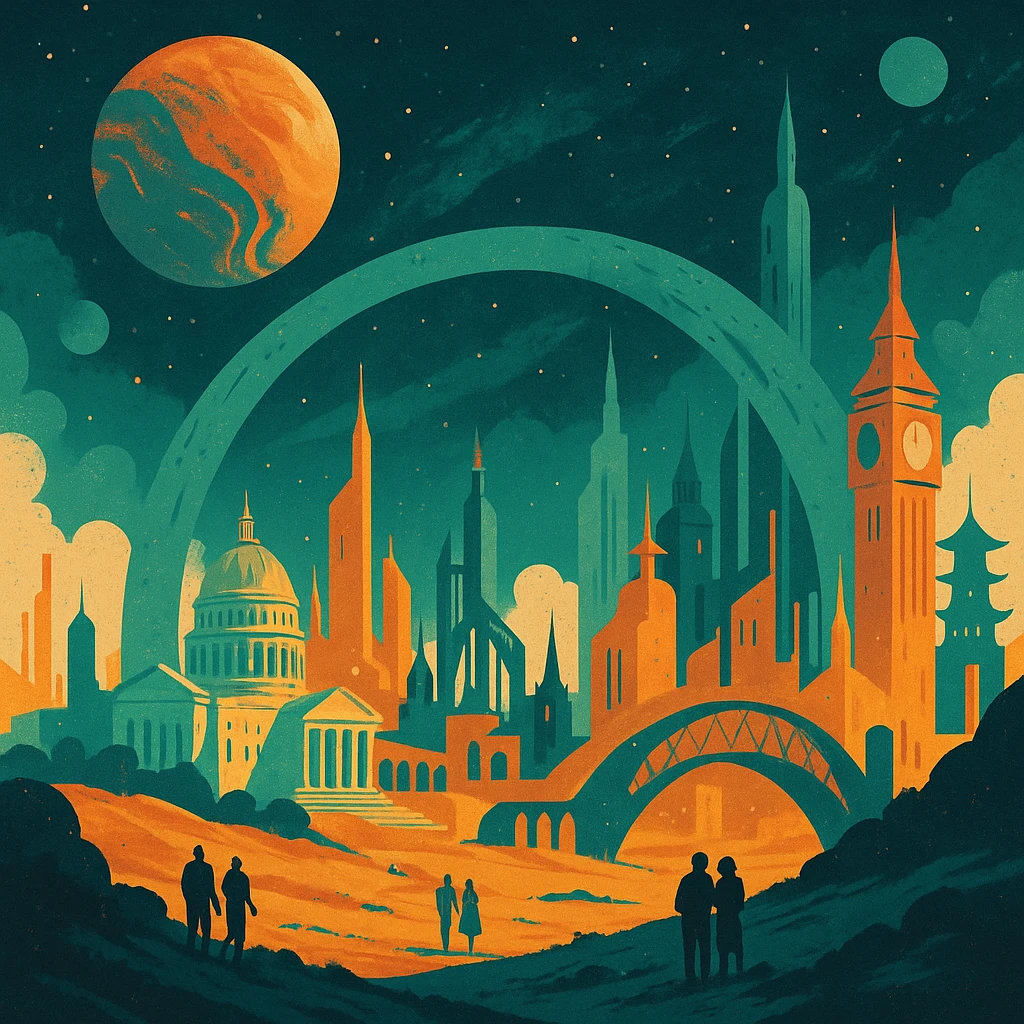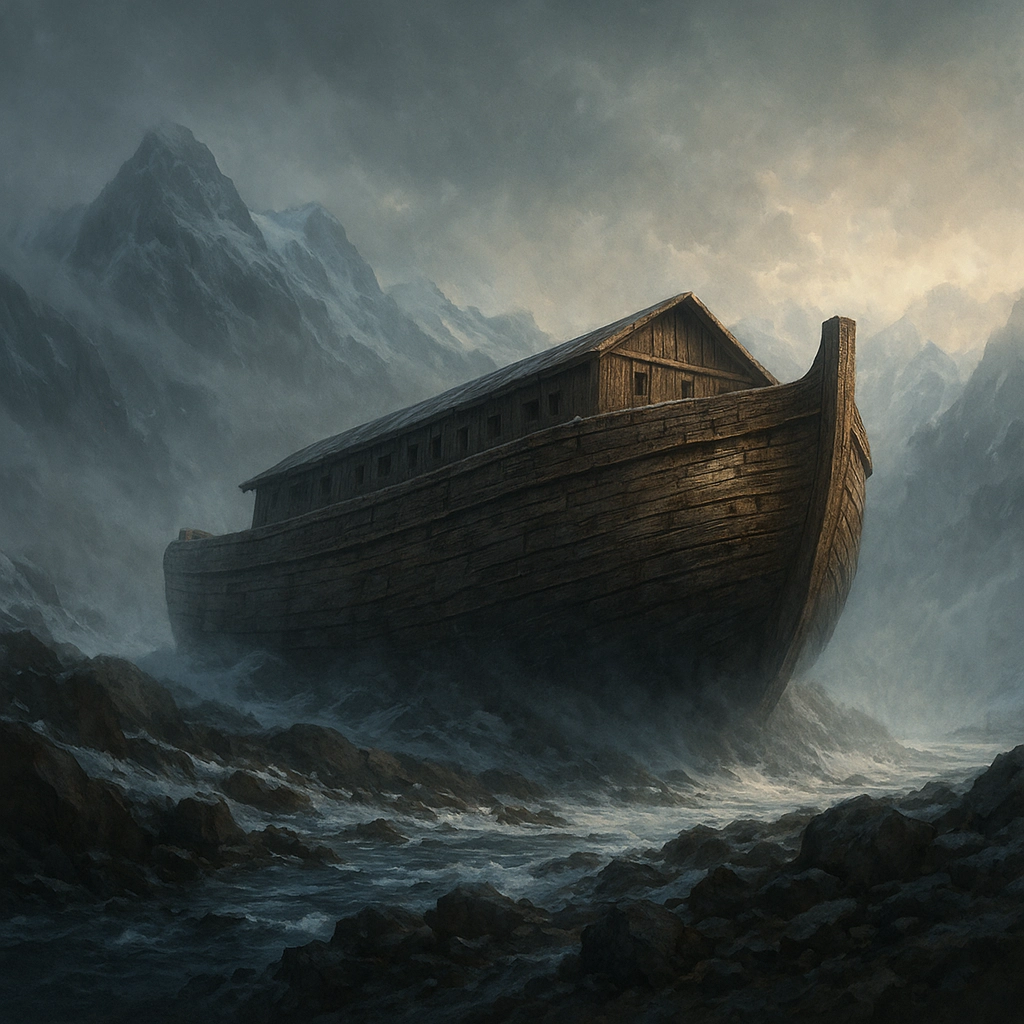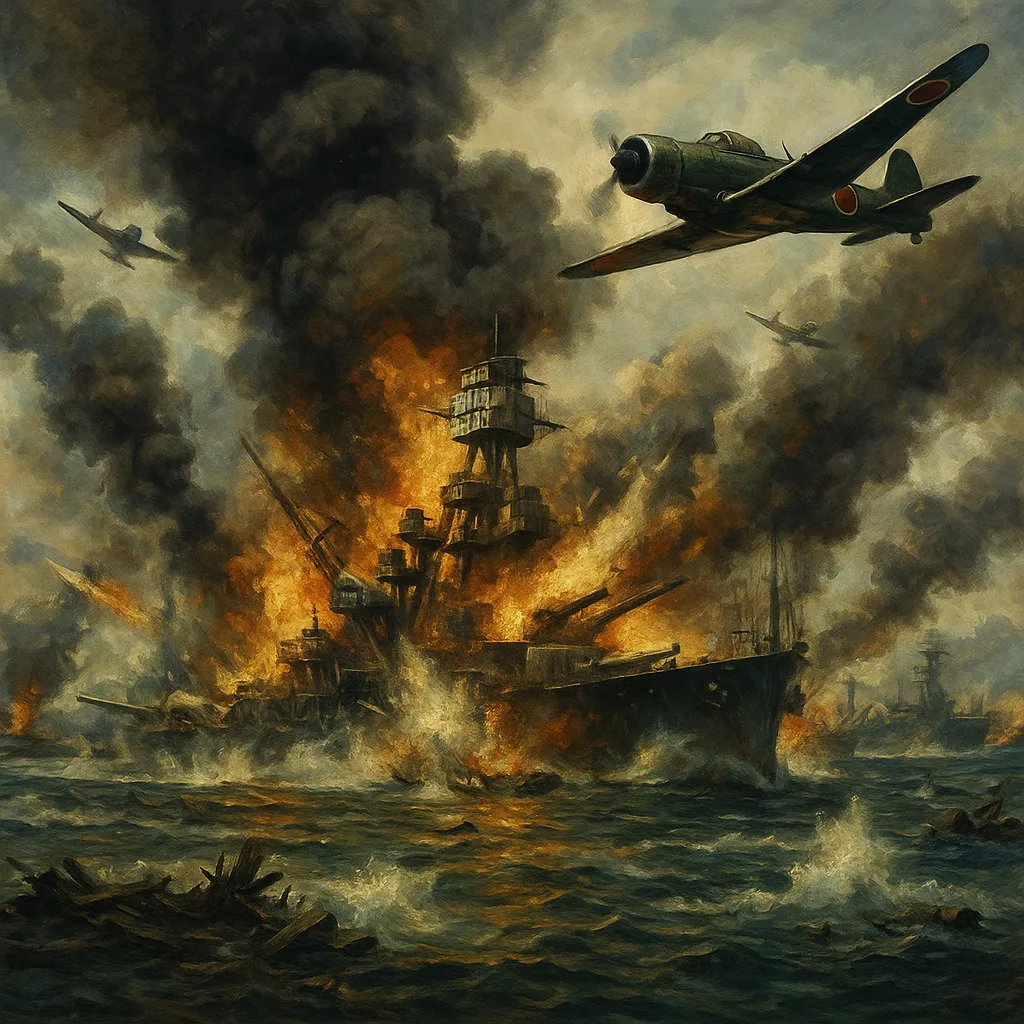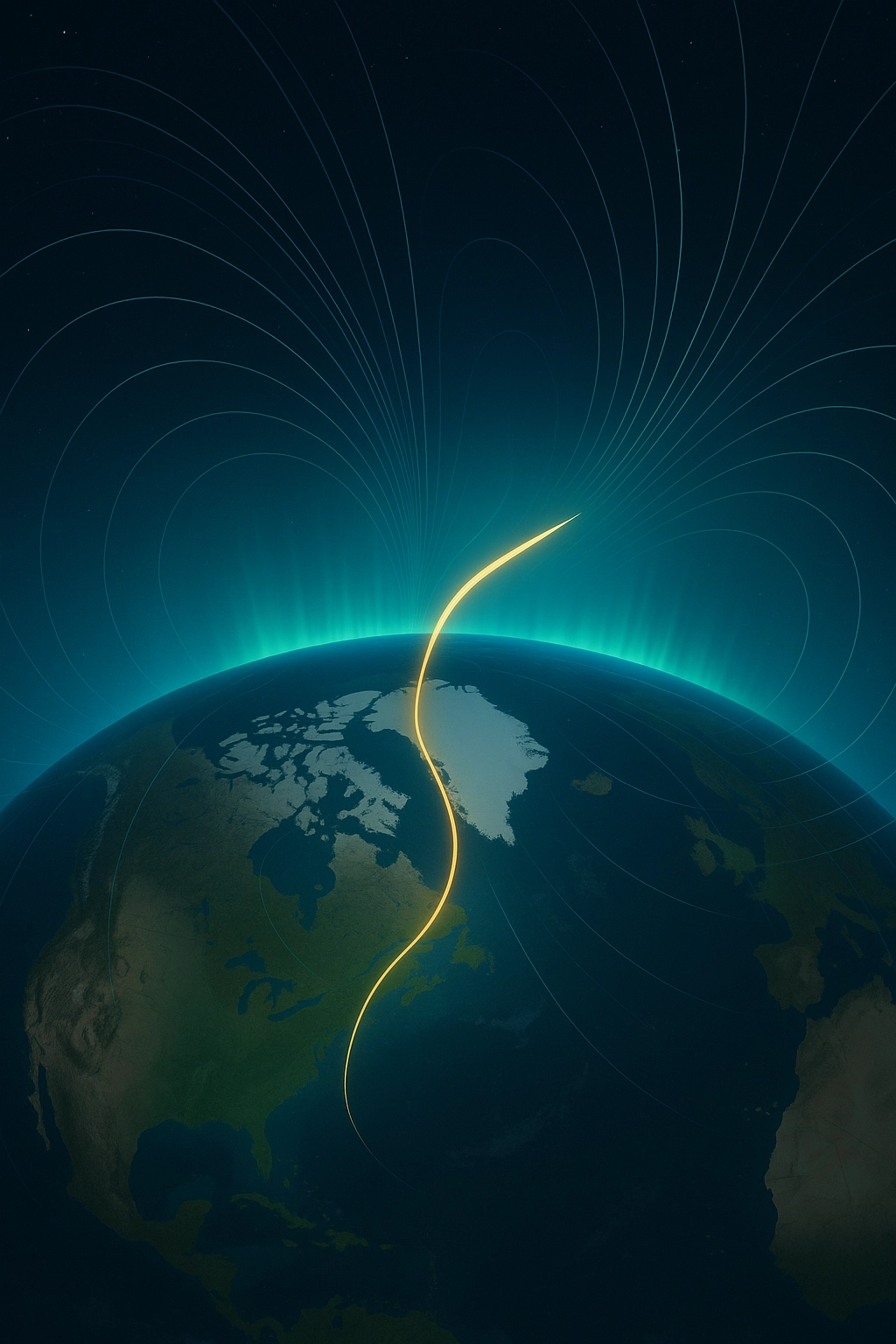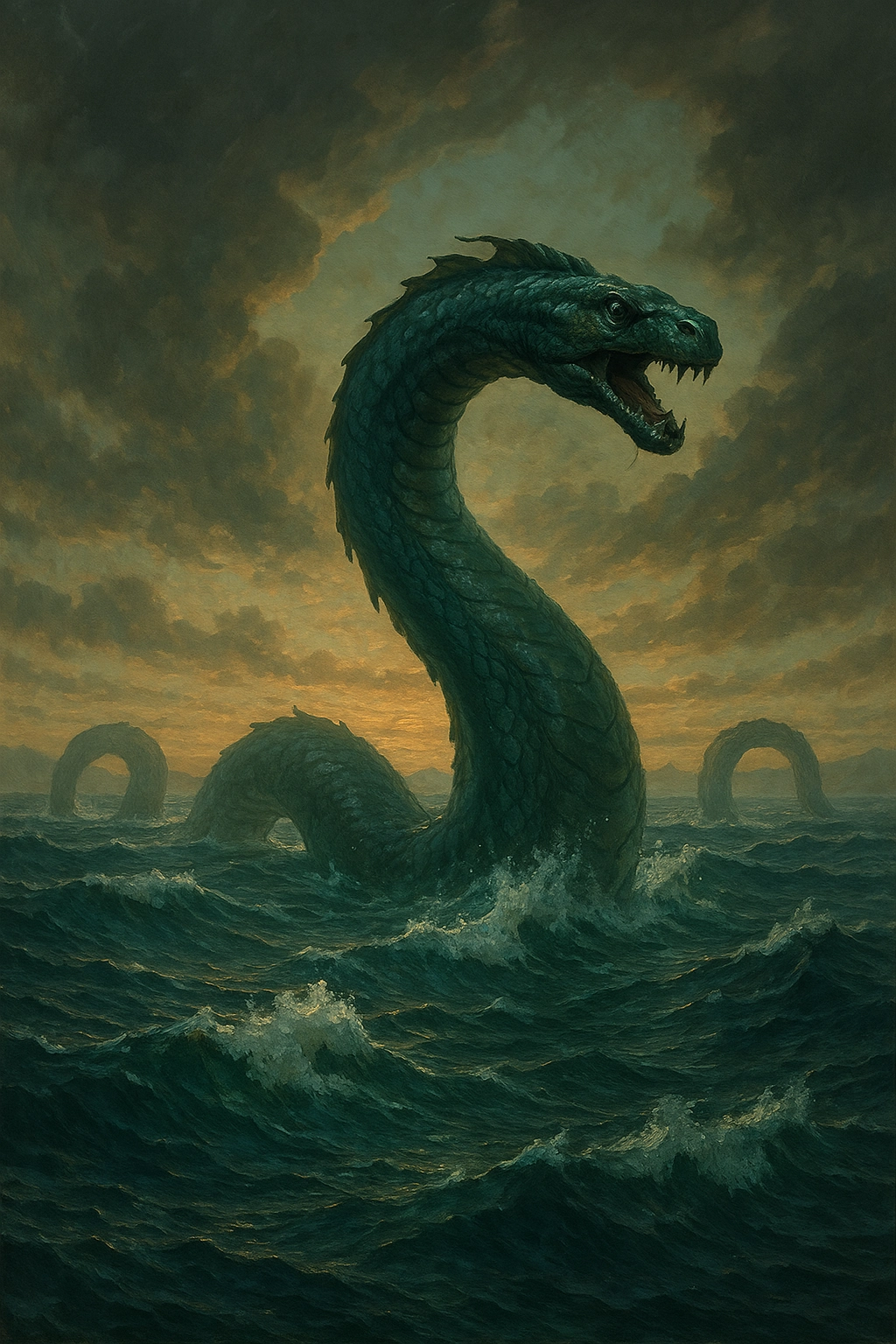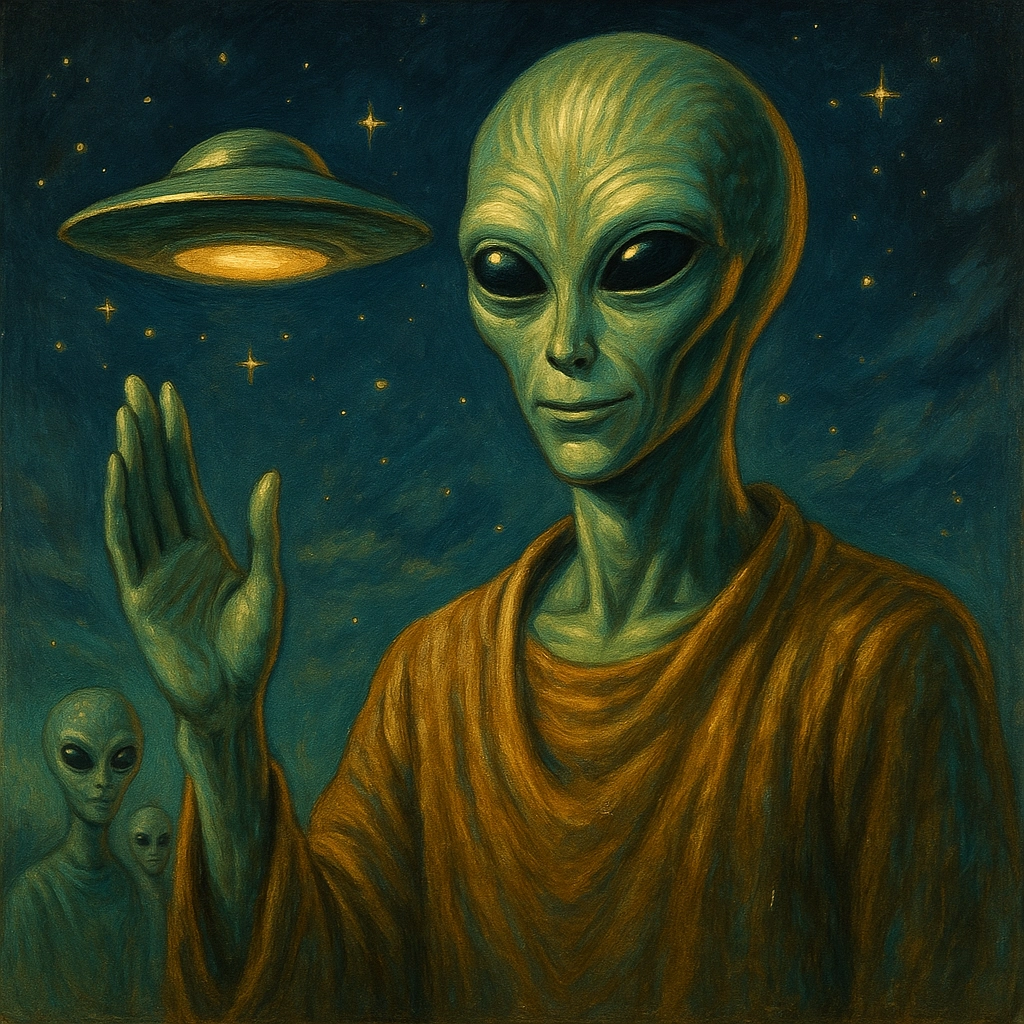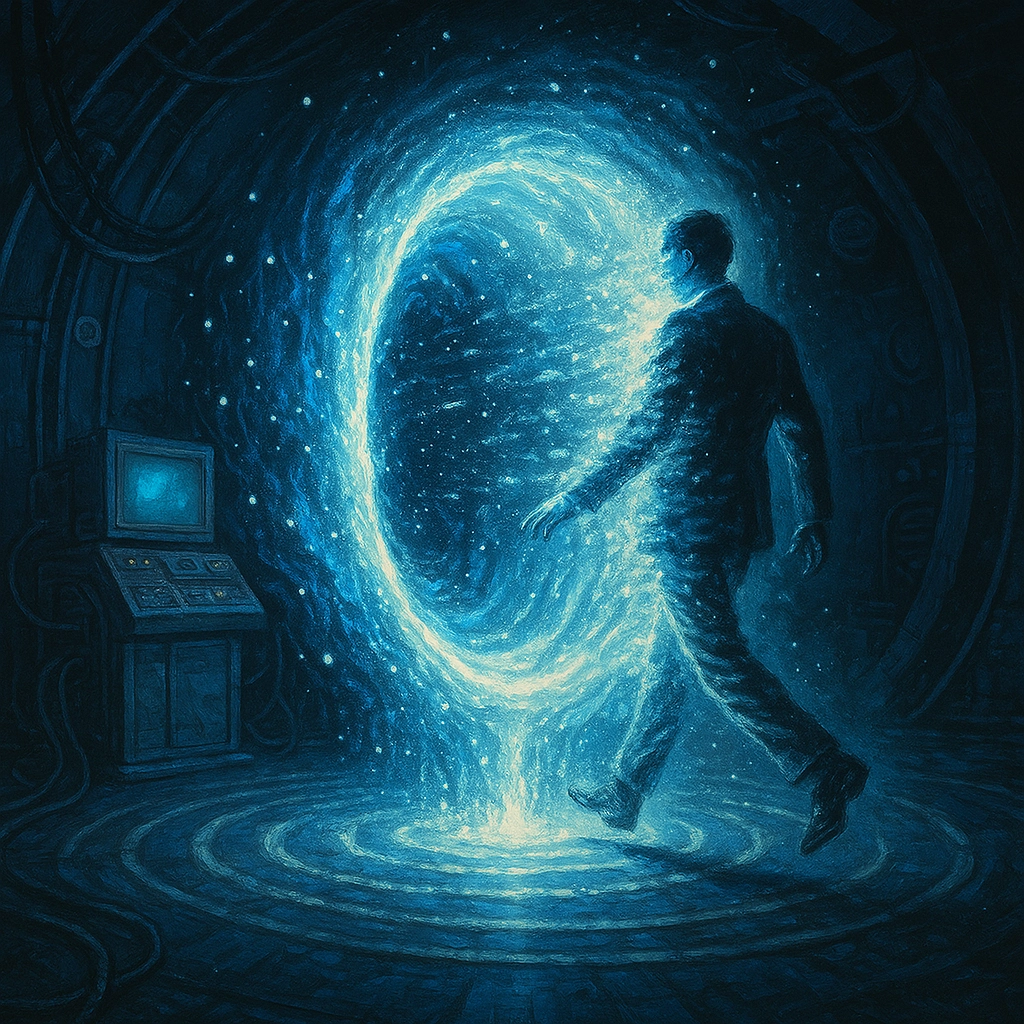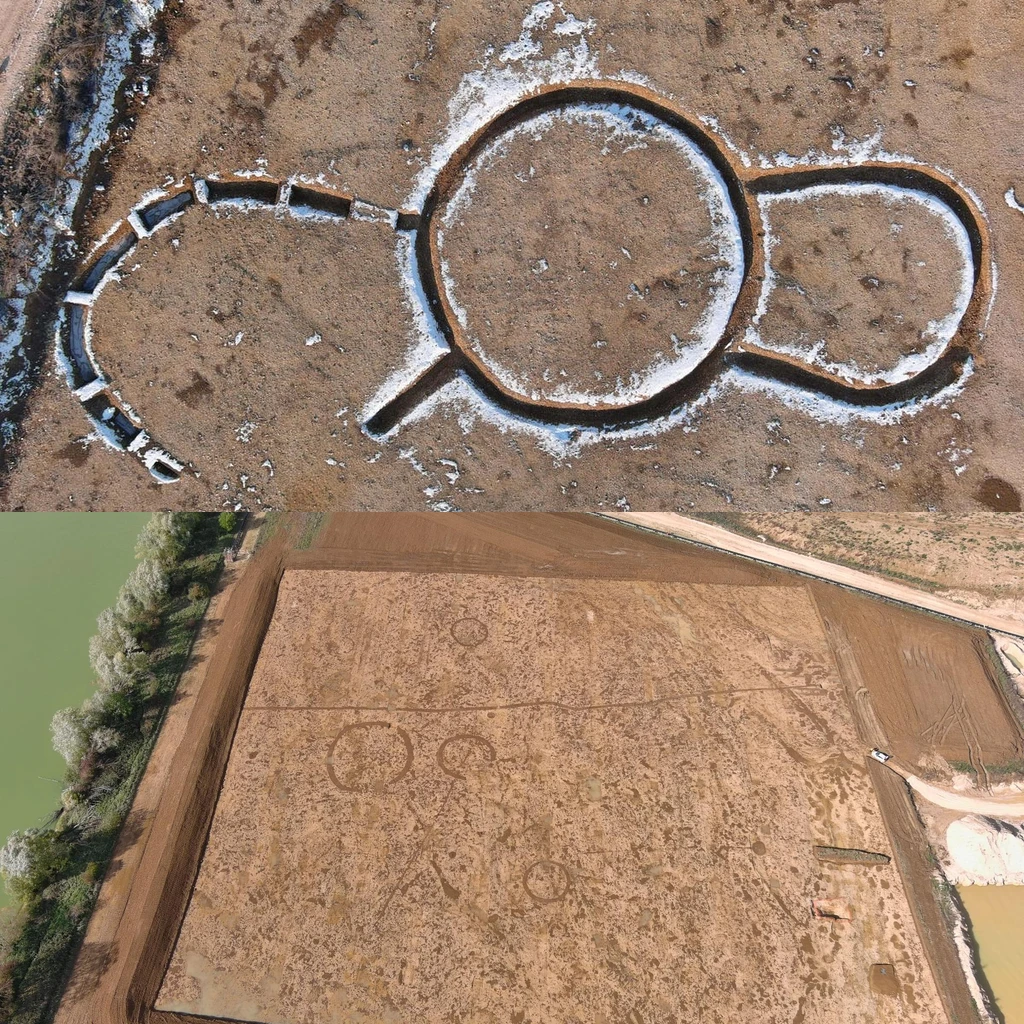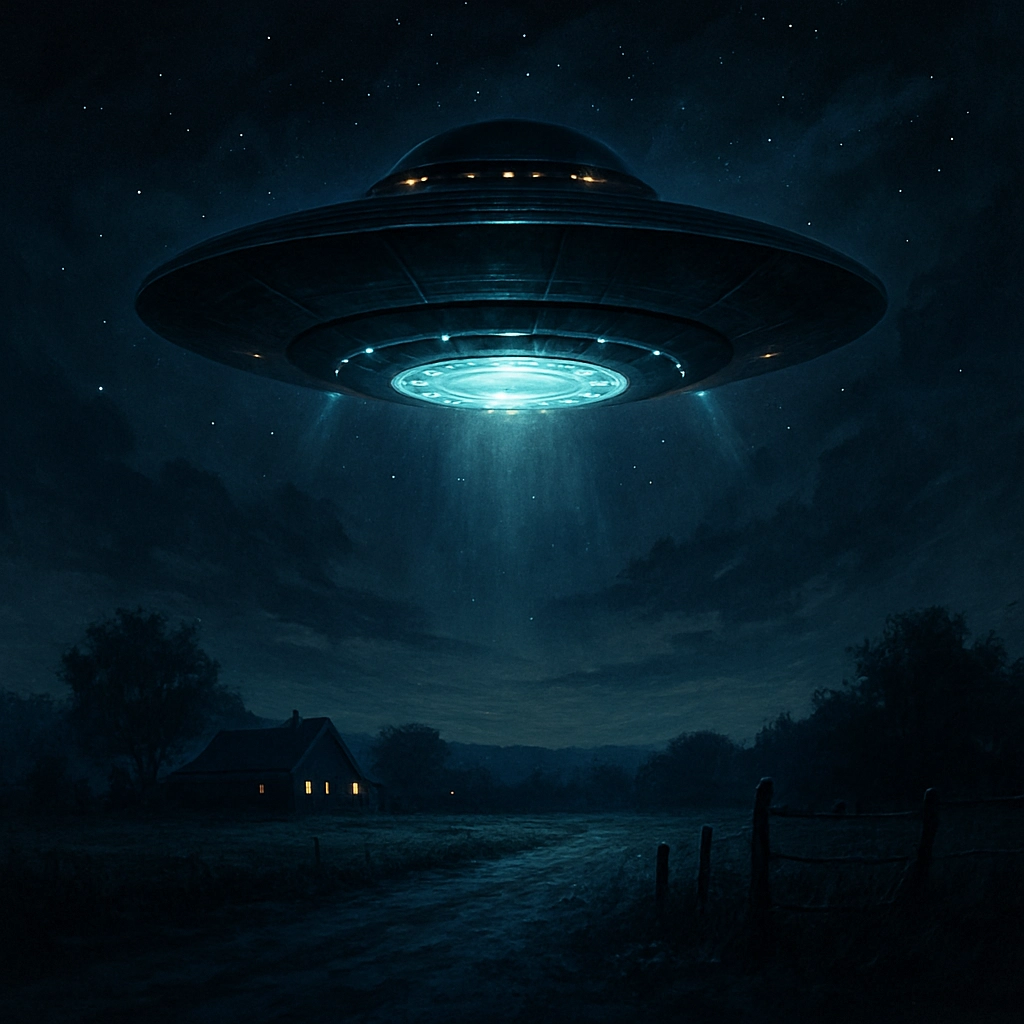Titanic: The Unsinkable Tragedy
The Unsinkable Tragedy
A tale of ambition, error, and enduring mystery
Launch of a Legend
The RMS Titanic was the crown jewel of the White Star Line - a floating palace of unmatched luxury. At 882 feet long and 46,000 tons, she was the largest and most advanced passenger liner of her time. Built in Belfast, Ireland, Titanic boasted Turkish baths, a squash court, a Parisian cafe, and even an onboard telephone system. Confidence in her invincibility was so high that she carried only enough lifeboats for half her passengers.
Collision Course
On the night of April 14, 1912, four days into her maiden voyage from Southampton to New York, Titanic struck an iceberg in the frigid North Atlantic. The collision tore a 300-foot gash along the starboard side. The ship's watertight compartments were flawed - they didn't seal at the top - allowing water to spill from one into the next. Within hours, the Titanic was doomed to sink beneath the waves.
Chaos in the Cold
As the bow plunged and the stern rose, panic swept the decks. Lifeboats were launched half-full. Women and children were prioritized, but not uniformly. Some crew misinterpreted the "women and children first" order as "women and children only." First-class passengers had greater access to the boats, while third-class passengers struggled to even reach the deck. At 2:20 a.m., the Titanic broke in two and vanished beneath the surface.
Aftermath and Enigma
The RMS Carpathia arrived two hours too late to save anyone still in the water. Of over 2,200 people aboard, more than 1,500 perished. Inquiries followed in both Britain and the U.S., leading to new maritime laws - including lifeboat requirements and 24-hour radio watches. Still, mysteries endure. Why did nearby ship SS Californian fail to respond? Why were so many iceberg warnings ignored? Did steel quality or rivets hasten the break?
Conspiracies and Theories
The Titanic has inspired countless theories. Some believe it was switched with its sister ship, the RMS Olympic, as part of an insurance scam. Others suggest it was deliberately sunk to eliminate powerful figures who opposed the creation of the Federal Reserve - including John Jacob Astor IV and Benjamin Guggenheim. While these ideas remain fringe, their persistence speaks to the cultural shadow Titanic still casts.
A Legacy That Won't Sink
In 1985, Dr. Robert Ballard located Titanic's wreck two miles beneath the surface. Since then, numerous expeditions have explored the rusting behemoth. Artifacts have been recovered, and replicas of rooms and menus recreated. James Cameron's 1997 film reignited global fascination. To this day, Titanic remains more than a disaster - it's a symbol of human overreach, class division, and the haunting fragility of certainty.


